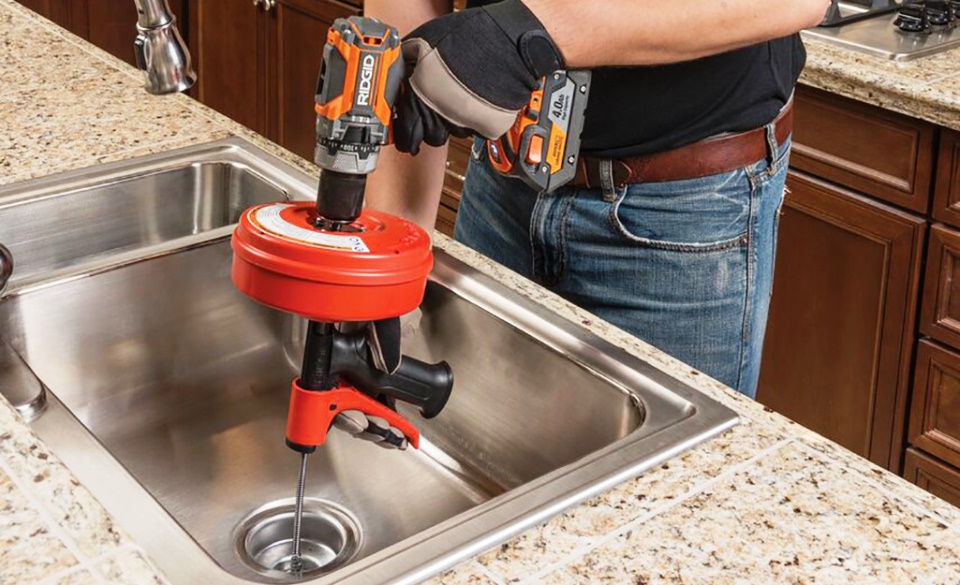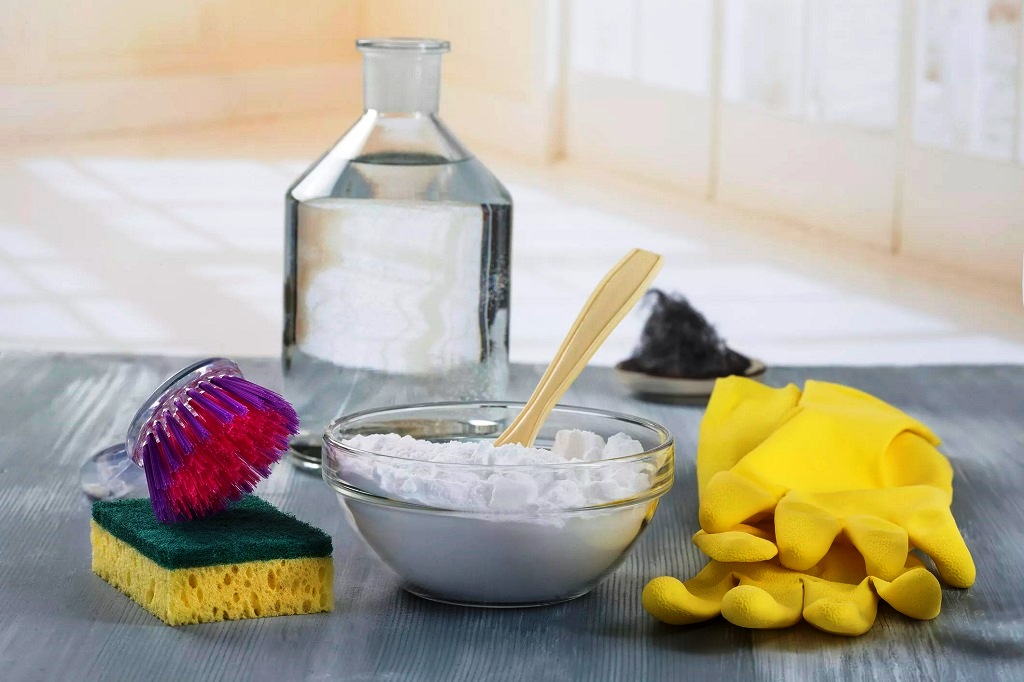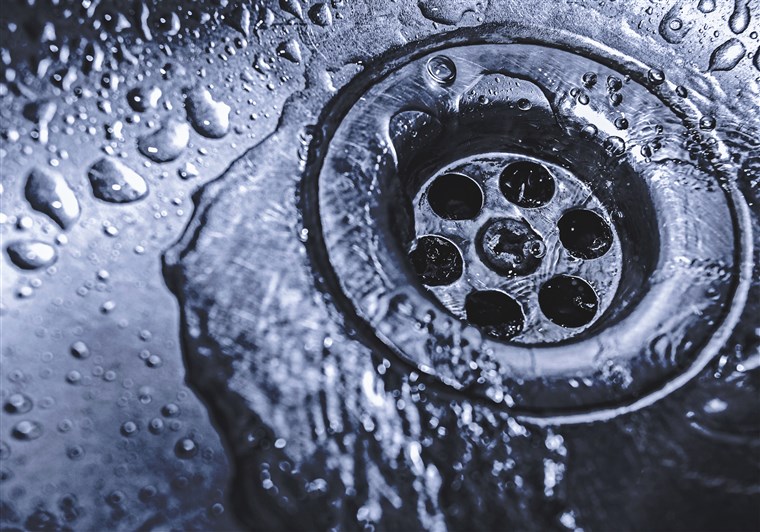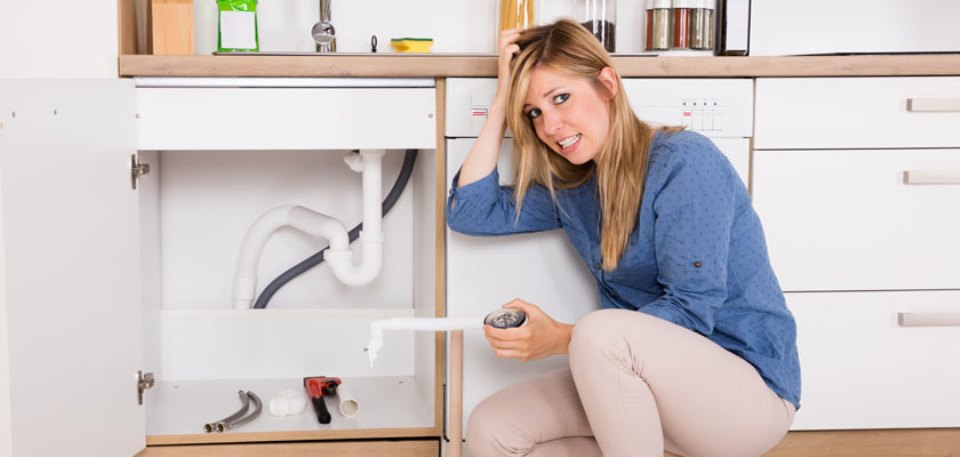
A clogged sink – οικονομικές αποφράξεις – is a frustrating experience and seems to happen at the most inconvenient times. Fortunately, in most circumstances, you can fix these difficulties and unclog on your own with a few DIY steps.
After you use your sink, whether, in the bathroom or in the kitchen, you may see the water running more slowly or there might be surviving water that doesn’t seem to be moving down the sink drain at all. In either case, a clog is reasonably the purpose, and the sooner you fix the issue, the less likely it will lead to greater problems.
5 steps to unclog a sink
The techniques used to unclog a kitchen drain and a bathroom drain often project although clogs in the bathroom have a greater chance of including hair than those in the kitchen. And those in the kitchen are more likely to include food than clogs in your bathroom. Here are five different techniques to unclog a sink.

Method #1: Plunger
Materials
- A cup plunger
- Wet cloth
Instructions
- Partially fill the sink with hot water.
- If you have a twin bowl, use a wet cloth to seal off the drain on the other side.
- Place the cup plunger over the clogged sink pipe, making sure the cup division is covered with water. If not, add more hot water to the sink.
- Plunge up and down constantly, many times.
- When you remove the clog, flush out the sink with warm water and remove the cloth from the other sin.
Method #2: Boiling water
Materials
- Pan or pot
- Hot water
- A large container or plastic box
Instructions
- Place a pan or pot of water on the stove and heat until it’s bubbling.
- While waiting for the water to boil, drain out as much water as possible in the clogged sink with a large container or plastic box.
- Once the boiling water is ready, drop it down the drain opening.
- Wait a few minutes before repeating the method (if the clog was not removed the first time).

Method #3: Baking soda and vinegar or baking soda and salt
Materials
- Boiling water
- Baking soda
- White vinegar on any vinegar you have in your home
- Salt
- Sink stopper
- Bowl
- Cup
Instructions
- Whether you use salt or vinegar, you’ll want to push as much standing water in the sink first, preferably using a large container to empty the water.
- After most of the water has been transferred, drain a cup of baking soda into the sink pipe opening.
- Then, empty a cup of vinegar down the drain.
- When the mixed ingredients stop bubbling and foaming, put a stopper in the sink.
- Wait for 10–15 minutes before splashing boiling water down the drain, repeating this method as often as needed to remove the clog.
If you prefer to use salt in this home treatment, here are the steps you should attend:
- Mix a cup of baking soda with a half cup of salt in a container.
- Pour the mixture down the sink drain and let it rest for some hours.
- After the mixture has sat for a long period, pour hot water down the drain.
- Repeat the process if the sink doesn’t unclog the first time around.
Method #4: Drain snake or coat hanger
If you still have a clogged drain after attempting the former methods, a drain snake or coat hanger may be your next best choice. Note: this is also the best choice for removing wastes that are clogged with hair.
Materials
- A drain snake or coat hanger
- Large pot, pan, or container
- Tools to disconnect the P-trap and drain pipe, as needed. Also, these can add an adjustable wrench and tongue and groove pliers
- Old rags
- New P-trap if the old one needs to be replaced
Instructions
- Locate the P-trap, which is found where the drain pipe curves underneath the sink.
- Put a bowl, pan, or bucket underneath the P-trap.
- Unfasten the P-trap and see if anything is lodged inside. If so, carefully clear it out with a drain snake.
- Replace the P-trap or install a new one, if needed.
- Run water in your sink to see if the drain is clear. If it’s not, disconnect the P-trap again and take the drain pipe apart.
- Run a drain snake in the stub that goes behind the wall to break up the clog.
- Reassemble the parts and then run water in the sink to make sure the clog is gone.

Method #5: How to unclog a kitchen sink with a garbage disposal
Materials
- Boiling water
- Baking soda
- Vinegar
- Salt
- Sink stopper
- Pliers
- Flashlight
Instructions
- Before you do anything, unplug the garbage disposal and make sure there is no power going to the disposal.
- Use one of the baking soda mixtures found in method #3. If this doesn’t dislodge the clog after a few tries, use a flashlight to see if you can spot the item stuck in the garbage disposal.
- Use pliers or a similar tool to remove the obstruction.
- Plug the garbage disposal back in.
- Run water into the sink and turn on the garbage disposal. The drain should be clear.
If you find that none of these techniques works, you may need to call a professional plumber.
When to call a plumber
If the previous techniques have missed, it may be time to call a professional. It also makes sense to request a plumber help if:
- you run into an unexpected obstacle and you aren’t confident in your expertise to fix it.
- you’re concerned that you could cause damage to your plumbing.
- you have a more serious plumbing problem that’s bigger than a clog.
If you need to locate a plumber, ask friends and family members for suggestions and read trusted third-party reviews.
How to avoid clogs in the future
To avoid clogged drains in the future, here are some tips to keep in mind:
- Avoid putting grease or oil down your drain. While it may be warm and fluid when you pour it in the sink, it will eventually cool and form a sticky mass in the pipes. This will cause items that go down the drain to get stuck in the grease.
- Use a mesh screen in your sink drains to catch hair and other objects from falling down the pipes. This can also help prevent soap scum from causing a clog.
- Clean the mesh screens regularly with soap and warm water.
- After making a pot of coffee, throw old coffee grounds into the garbage or use them for composting material. Do the same with old food; use the garbage disposal to break down small amounts of food that fall into the sink—not as a way to routinely grind up the food you don’t intend to eat.
- Run cold water in your kitchen sink while the garbage disposal is grinding food scraps.
- Keep water running in your bathroom sink while you shave.
- Avoid leaning over the sink while you brush or cut your hair to prevent stray hairs from going down the drain.

How to keep your drains clear
Keep your drains clear by regularly performing these tasks every so often:
- Regularly use a baking soda and vinegar mixture to help keep your drains and pipes clear.
- Fill an ice cube tray halfway with vinegar and fill the rest of the space with water. Freeze the mixture, and then put the ice cubes down the drain. If the smell of vinegar causes you to wrinkle your nose, squeeze a lemon down the drain after the ice cubes have melted.
Read more about plumping problems in Athens
- ΑΠΟΦΡΑΞΕΙΣ ΣΕΠΟΛΙΑ 210.88.38.479 20€ ΕΩΣ 40€!
- ΑΠΟΦΡΑΞΕΙΣ ΣΚΑΡΑΜΑΓΚΑΣ 210.42.21.626 20€ ΕΩΣ 40€!
- ΑΠΟΦΡΑΞΕΙΣ ΣΟΥΝΙΟ 210.88.38.479 20€ ΕΩΣ 40€!
- ΑΠΟΦΡΑΞΕΙΣ ΣΟΥΡΜΕΝΑ 210.88.38.479 20€ ΕΩΣ 40€!
- ΑΠΟΦΡΑΞΕΙΣ ΣΠΑΤΑ 210.60.20.466 20€ ΕΩΣ 40€!
- ΑΠΟΦΡΑΞΕΙΣ ΣΤΑΜΑΤΑ 210.80.55.866 20€ ΕΩΣ 40€!
- ΑΠΟΦΡΑΞΕΙΣ ΣΤΑΥΡΟΣ 210.88.38.479 20€ ΕΩΣ 40€!
- ΑΠΟΦΡΑΞΕΙΣ ΣΥΝΤΑΓΜΑ 210.80.55.866
- ΑΠΟΦΡΑΞΕΙΣ ΣΧΙΣΤΟ 210.42.21.626 20€ ΕΩΣ 40€!
- ΑΠΟΦΡΑΞΕΙΣ ΤΑΜΠΟΥΡΙΑ 210.42.21.626 20€ ΕΩΣ 40€!

